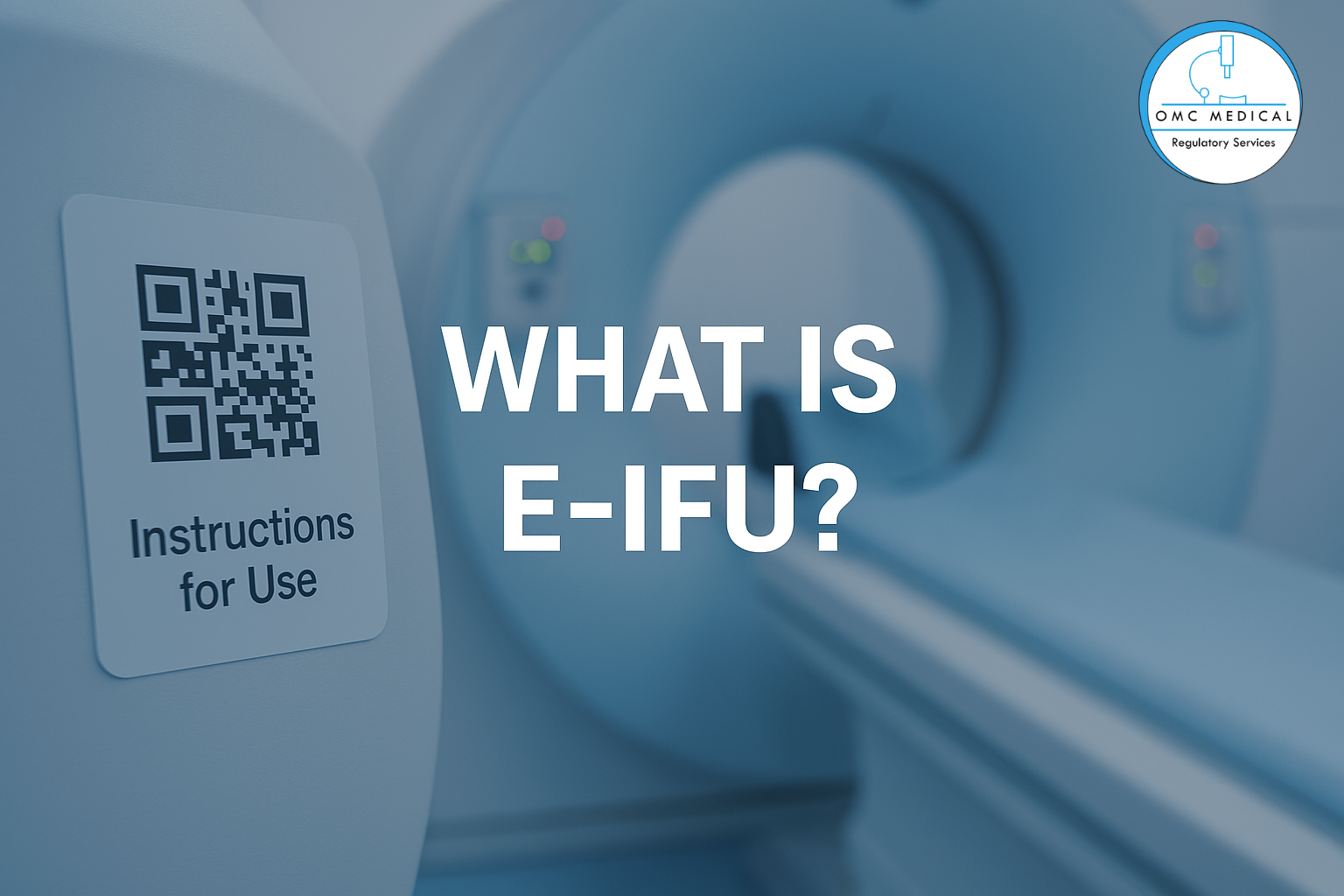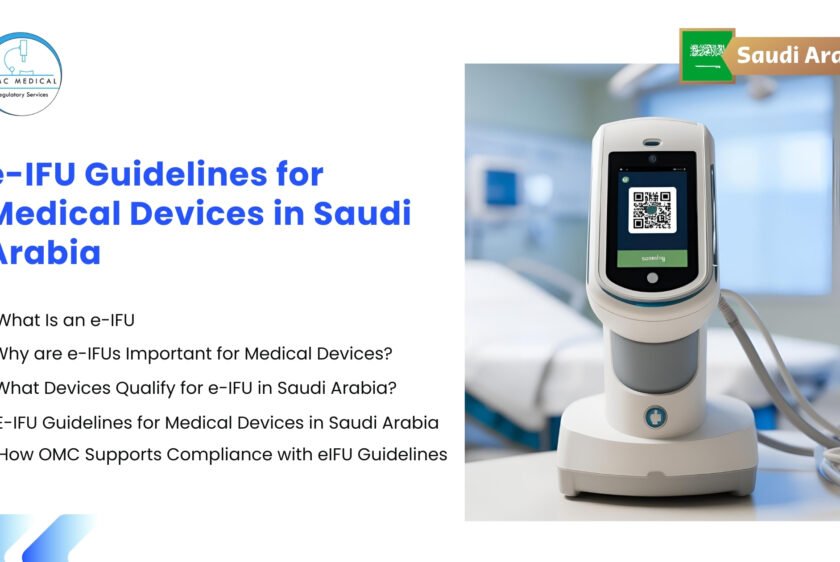Imagine you’re a healthcare professional in Riyadh, mid-procedure, and you urgently need access to a device’s instructions. Instead of flipping through a bulky printed manual, you scan a QR code on the device. Within seconds, the most up-to-date instructions appear on your tablet. That’s the power and convenience of Electronic Instructions for Use (e-IFU).
Not long ago, when someone bought a medical device, it came with a thick instruction manual—usually in multiple languages, packed in the box. These manuals often ended up collecting dust or going straight to the bin. But what if there’s a better way?
That’s where Electronic Instructions for Use (e-IFU) come in.
What Is an e-IFU and Why Does It Matter?

An e-IFU (Electronic Instructions on Use Requirements) is simply a digital version of the device’s instruction manual. Instead of printing thousands of booklets, manufacturers can upload these instructions to a website and provide access through a QR code, a link, or a secure platform.
It might sound like a minor change, but for hospitals, clinics, and users—it’s a big deal. With e-IFUs:
- Doctors can access instructions instantly during surgeries or procedures.
- Hospitals can keep updated versions without having to reorder or replace physical copies.
- Manufacturers can make changes to documentation without wasting resources.
Why are e-IFUs Important for Medical Devices?
- Convenience – Users can access the latest version anytime.
- Environmentally friendly – Reduces paper usage.
- Faster updates – No need to wait for printed materials.
- More efficient for hospitals – Professionals can find info quickly.
What Devices Qualify for e-IFU in Saudi Arabia?
The SFDA allows e-IFUs only for certain types of devices. Here’s a simplified list:
✅ Medical devices used by professionals (not for general public use)
✅ Devices that do not require immediate instructions in emergencies
✅ Devices with long shelf lives or complex interfaces like infusion pumps or SaMDs
If your product fits this category, electronic information on use requirements might be a good option.
Note: Devices intended for home use or used in urgent/emergency settings still require printed IFUs.
E-IFU Guidelines for Medical Devices in Saudi Arabia
The SFDA guidance on e-IFUs is clear—while the option offers flexibility and efficiency, it’s not a free-for-all. Manufacturers must follow specific SFDA e-IFU requirements for medical devices to ensure safety, accessibility, and compliance. Here are the key points outlined in the SFDA eIFU guidelines:
1. Risk Assessment
You must conduct a proper risk assessment to justify the use of e-IFU. Consider things like:
- Will the user have internet access?
- Will the device be used in emergencies?
- Could an e-IFU increase confusion or risk for the patient?
2. Language Requirements
Your e-IFU must be provided in Arabic and English—no exceptions. This ensures accessibility to both local healthcare providers and global teams.
3. Availability
Once your device is on the market, your e-IFU must remain online for:
- At least 2 years after the device’s expiry date, OR
- 15 years from the date of manufacture for devices without a set expiry.
Previous versions must also be accessible for reference.
4. How Users Access It
You’ll need to make sure that your e-IFU is:
- Free to access (no login or subscription)
- Clearly marked on the device packaging with instructions on how to access it (QR code, website, etc.)
🧩 This must be part of your submission when applying for device registration.
e-IFU and Your Technical File
Adding an e-IFU doesn’t mean skipping paperwork. The SFDA still expects:
- Clear documentation within your technical file.
- A structured change control process for updates.
- Inclusion of your e-IFU submission plan as part of the overall Saudi Arabia medical device registration process.
Mistakes to Avoid
Here are a few things we’ve seen that manufacturers should avoid:
- Hosting e-IFUs on unreliable websites that go down frequently
- Forgetting to upload older versions or maintain version history
- Not providing Arabic translations (this can cause delays or rejections)
- Using platforms that require passwords or email verification
If your e-IFU is hard to access, the SFDA may consider it non-compliant—even if all the content is correct.
How OMC Supports Compliance with eIFU Guidelines
We’ve worked with companies at every stage of the Saudi Arabia medical device approval process—from preparing technical files to Authorized Representative (AR) license renewals. If you’re unsure whether e-IFU is right for your device, we’ll help you:
- Determine eligibility under Saudi regulations
- Assess risks and benefits of transitioning to e-IFU
- Ensure your e-IFU format and access meet SFDA requirements
Let’s make compliance clear and efficient—without the guesswork.
Final Thoughts
e-IFUs aren’t just a regulatory trend—they’re a response to the way modern healthcare works. Faster access, real-time updates, less waste. If you’re entering the Saudi market, taking the time to get your SFDA e-IFU requirements right is worth every second.
📩 Need help or have questions? Get in touch with our team.







